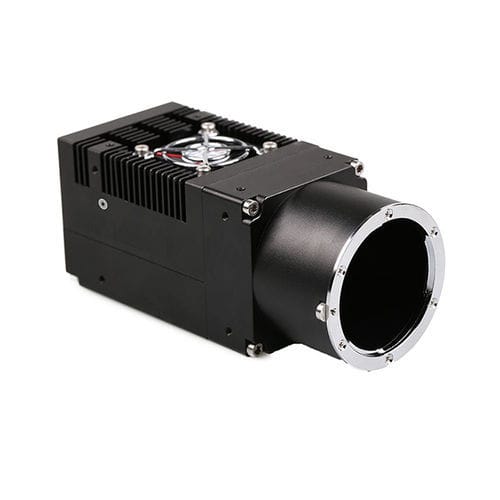
#Product Trends
USB 3.0 Area Scan Camera for Inspections
Area scan cameras are widely acknowledged as general-purpose imaging solutions as they use a direct matrix to capture images or objects, events or scenes.
The USB 3.0 area scan camera is developed based on the USB Vision standard protocol and is compatible with third-party machine vision development software. It is especially appropriate for applications which required high stability, compatibility, size and cost performance strictly.
Challenge
Technological advances have resulted in diversified and high quality camera models to choose from, and it can be difficult to determine which best fit your machine vision system. Area scan cameras are designed to capture stationary and moving objects and are widely adapted in more general-purpose applications.
In comparison to line scan cameras, area scan cameras are easier to set up and align. A USB 3.0 area scan camera greatly improve the detection accuracy and efficiency of the detection adhering to effective cost and good versatility compared to GIGE camera. It is especially suitable for semiconductor inspection, PCB inspection, AOI, screen inspection and other application fileds.
Benefits:
● Ultra-small size and extremely light weight, industry-wide fixed hole
● The camera comes with programmable IO
● Support external trigger flash to take photos synchronously.
● Support 16bit grayscale and 48bit color lossless format output.
● Multiple cameras in one computer can work stably, without dropping the line and frame for a long time.
● Support WindowsXPSP3 and above, PC Linux system and ARMLinux system, can be integrated in embedded equipment.
● Compatible with Vision protocol, seamlessly compatible with Halcon, VisionPro Labview and other vision software.
● Compliant with USB30 ultra-high-speed communication protocol, the maximum speed is 440MByte/s
● Built-in large-capacity frame buffer, stable transmission, real-time and reliable;
● Ultra-low power consumption, strong stability , The typical power consumption is less than 2W





